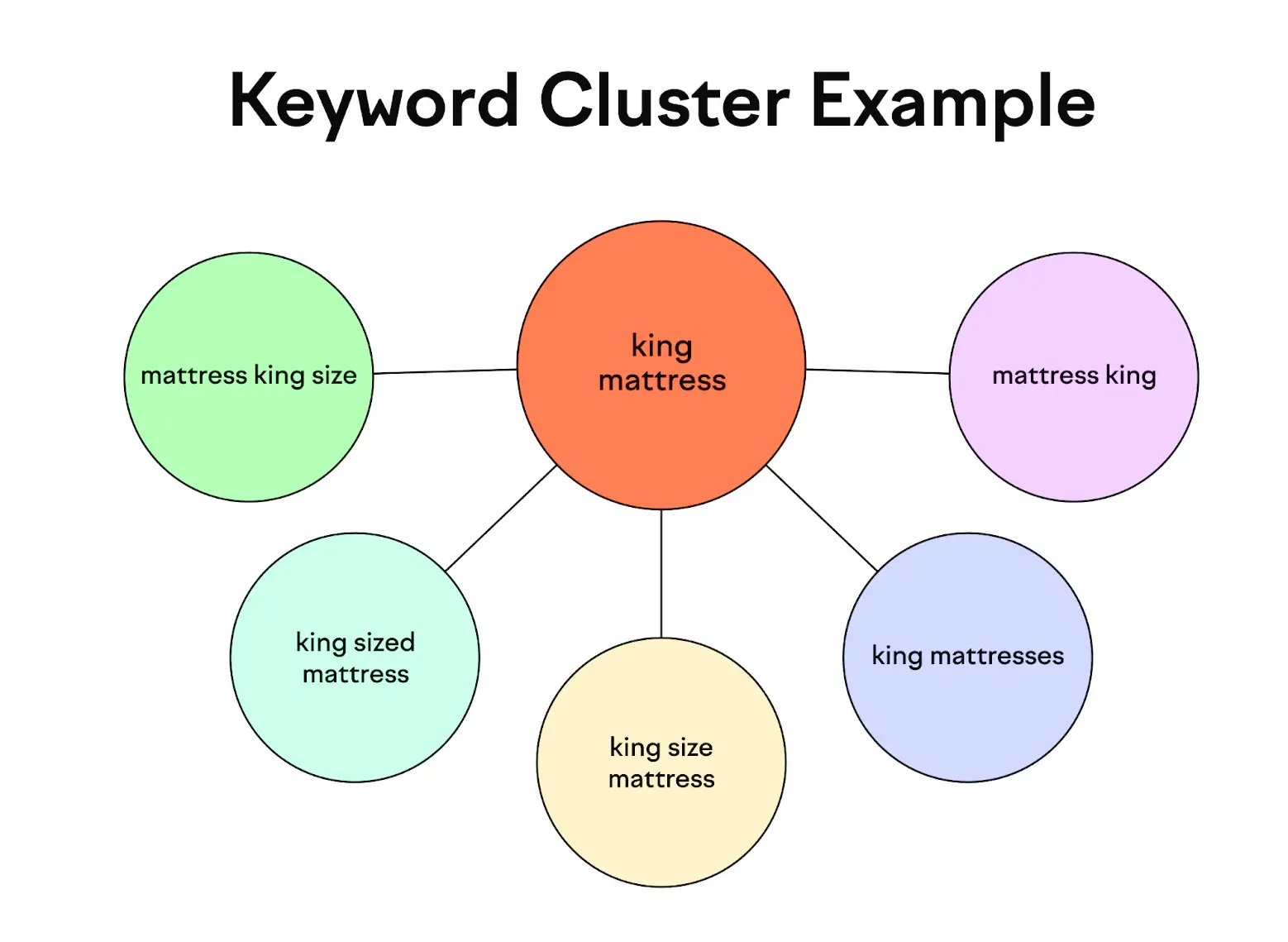In an era of endless connection, your most valuable asset isn’t just your resume—it’s your reputation. It’s the story people tell about you, the promise of value you bring to the table, and the name that commands a certain gravitas in a crowded room. This is your personal brand. It's the silent handshake you make before you've even spoken, a digital fingerprint that sets you apart. Many see personal branding as a self-serving exercise, a vanity project for the online elite. But the truth is far more practical. A well-cultivated brand is a career's secret weapon, a magnet for opportunity, and the key to building a network that works for you. This guide is for those who are ready to move past simply existing online and start building something truly lasting. We'll show you how to forge your own path, from the very first spark of an idea to the moment your name becomes synonymous with expertise.
The Foundation: Uncovering Your Unique Value
Before you can build a towering structure, you need to lay the groundwork. Your personal brand is no different. The first step isn't about posting on social media; it’s about a deeper, more honest self-inquiry. You have to understand who you are before you can tell the world who you are.
The Self-Assessment: What Makes You, You?
Start with a quiet moment of reflection. Forget what you think you shouldbe and focus on what you genuinely are. Ask yourself:
- What topics can you talk about for hours without getting tired?
- Where do you find yourself helping others most often?
- What unique experiences have shaped your perspective?
- What do your closest friends and colleagues say you're best at?
Think about your skills, passions, and background. The intersection of these elements is where your most authentic and memorable brand will take root. It’s not about being the best at everything; it’s about owning your one or two core strengths.
Defining Your Audience: Who Are You Talking To?
A brand that tries to speak to everyone usually connects with no one. Your message must be directed at a specific audience. Who are the people who need to hear your story?
- Are they aspiring professionals in a specific field?
- Are they business owners looking for expert advice?
- Are they hobbyists seeking a community?
By defining your audience, you can tailor your message to their needs, speak their language, and show them how you can solve their specific problems. This focus gives your brand a clear purpose and makes it far more memorable.
The Blueprint: Crafting a Cohesive Digital Presence
With your foundation set, it’s time to start building your digital home. Your online presence is the hub where people will come to learn about you. It needs to be polished, intentional, and consistent.
Audit Your Digital Footprint
Begin by doing a full audit of your current online presence. Google your name. What do you see? Are the results a mix of old, irrelevant posts and a vague professional profile? A clean, consistent digital footprint is essential. Make sure your profiles across all platforms use the same professional photo and have a similar tone.
Choosing Your Platforms with Intention
You don’t have to be everywhere at once. A more strategic approach is to pick one or two platforms where your target audience spends their time and where you feel most comfortable creating content.
- LinkedIn: The premier stage for professional networking. This is where you can share your expertise, build credibility in your field, and connect with peers and recruiters. Having an optimized LinkedIn profileis a must for any professional brand.
- X (formerly Twitter): A powerful tool for sharing quick insights, engaging in real-time conversations, and connecting with industry leaders.
- A Personal Website or Blog: This is your home base. It’s where you have full control over your content, your story, and how you present yourself. A personal website is an investment that pays dividends, as it solidifies your ownership of your brand’s narrative.
Creating a Professional Visual and Verbal Style
Consistency is the ultimate mark of a strong brand. Your visual and verbal style should feel like you, no matter where someone encounters your content.
- Visuals: Your professional headshot is your calling card. Use the same, high-quality photo across all your professional profiles to create instant recognition.
- Verbal Tone: Find your voice and stick with it. Are you witty and direct, or are you a calm, authoritative presence? Your tone should feel natural to you, but it should also be consistent across your writing and any videos you create.
Key Takeaway: Your online presence should be a cohesive reflection of your brand. Choose your platforms wisely, clean up your old profiles, and maintain a consistent voice and visual identity.
The Art of Storytelling: Content and Community
With your blueprint complete, it's time to bring your brand to life. Your content is the beating heart of your personal brand. It's how you share your value and build a loyal community.
Developing a Content Strategy
Your content should be more than just a list of your accomplishments. It should be a conversation. It needs to provide value consistently, whether through educational insights, personal anecdotes, or thought-provoking questions.
- Lead with Value: Think of your content as a series of gifts to your audience. Instead of constantly pitching your services, offer practical advice, share your lessons learned, and celebrate the wins of your peers. The goodwill you build will pay for itself many times over.
- Mix It Up: A well-rounded content strategy uses different formats to keep things fresh. A deep-dive blog post can be broken down into a series of short, snappy social media posts. A video from a talk you gave can be turned into a podcast episode.
- Tell Your Story: Your journey is what makes you human. Don't be afraid to share the moments of failure as well as the triumphs. People connect with authenticity, not with a perfectly curated highlight reel.
Engaging with Intention
A brand isn’t a one-way broadcast; it’s a community. It’s built in the comments, in the DMs, and in the conversations you have.
- Ask Questions: Invite your audience into the conversation. Ask for their opinions, their experiences, and their perspectives. This makes them feel seen and heard.
- Collaborate with Others: Partnering with other professionals in your field is a powerful way to expand your reach. Look for opportunities to be a guest on a podcast, host a joint webinar, or co-author a piece of content.
Key Takeaway: Your content is your brand’s conversation. Create value, tell your story, and build a community by listening as much as you speak.
Monetizing Your Brand: From Influence to Income
A strong personal brand is not just about prestige; it's a valuable business asset. As your influence grows, it can open up a variety of new income streams, moving you from being an employee to an expert.
Diverse Revenue Streams
While a strong personal brand is a powerful tool for landing a new job, it can also create new avenues for income. Here are some ways to turn your brand into a business:
- Coaching or Consulting: If you're an expert, you can offer one-on-one coaching or consulting services, charging a premium for your time and expertise.
- Online Courses or Masterclasses: You can take your knowledge and package it into a digital product that can be sold to your audience.
- Speaking Engagements: A strong personal brand and a compelling story can lead to paid speaking opportunities at conferences and events.
Table: Common Personal Brand Monetization Strategies
| Strategy | Description | Pros | Cons |
|---|---|---|---|
| Coaching & Consulting | Selling your expertise to clients on a one-on-one basis. | High earning potential, direct client relationships. | Requires a significant time commitment per client. |
| Online Courses | Creating a digital product that teaches a specific skill. | Highly scalable, passive income potential. | Requires a large initial effort to create. |
| Speaking Engagements | Getting paid to speak at industry events and conferences. | Builds authority and visibility, high fee potential. | Can be inconsistent, requires strong public speaking. |
| Affiliate Marketing | Promoting products and earning a commission on sales. | Low overhead, can be a reliable side income. | Requires a trusting audience and can take time to grow. |
Export to Sheets
Key Takeaway: A personal brand is a business asset. By leveraging your expertise and audience, you can create new income streams and build a business around yourself.
The Pitfalls: Common Personal Branding Mistakes to Avoid
Building a personal brand isn't always easy. Here are some of the most common missteps that can derail your efforts.
- Being Inconsistent: If your profiles tell different stories, or your tone changes from one platform to the next, it creates confusion and erodes trust.
- Being a Sales Pitch: If every post is about what you're selling, people will tune you out. The best brands lead with value and let the business follow naturally.
- Not Being Relatable: You don’t need to be a perfect, polished robot. Sharing your journey and showing your personality is what makes you human and, more importantly, memorable. As a UK-based non-profit puts it, your brand needs to be authentic and genuine.
- Perfection Paralysis: Don't wait for the perfect content or the perfect moment. The journey to a strong personal brand is built one post at a time. The most important thing is to start.
Conclusion: The Journey of a Thousand Followers
Building a personal brand is a long-term project. It’s a process of self-discovery, intentional action, and consistent storytelling. By laying a strong foundation, crafting a cohesive digital presence, and building a genuine community, you can create a reputation that not only speaks for you but also works for you. Your career is no longer just about your resume; it's about the name you build. The time to start is now.
Begin with a simple self-assessment, clean up your online profiles, and make your first thoughtful post. The journey of a thousand followers starts with a single click.
Frequently Asked Questions
1. How long does it take to grow a personal brand?
There's no set timeline for growing a personal brand. It's a continuous process that can take months or even years. Consistency is more important than speed. Focusing on providing value and building real connections will have a bigger impact over time than trying to get a lot of followers quickly.
2. Do I need to be active on all social media platforms?
No, in fact, it's a better idea to choose one or two platforms where your target audience is most active and where you feel comfortable creating content. This allows you to focus your energy and build a stronger presence on those platforms rather than spreading yourself too thin.
3. What if I'm not an expert yet?
You don't have to be a world-renowned expert to have a personal brand. You can position yourself as a learner, a storyteller, or someone sharing a unique journey. Your perspective and authenticity are what will connect with people. As you learn, you can share your insights and grow your brand at the same time.
4. How can I find my niche?
To find your niche, look at the intersection of your passions, skills, and the needs of a specific audience. What do you love to do? What are you good at? And who needs that from you? Your niche can also evolve as you do, so don't feel like you have to have it all figured out on day one.
Leave a comment
Your email address will not be published. Required fields are marked *



